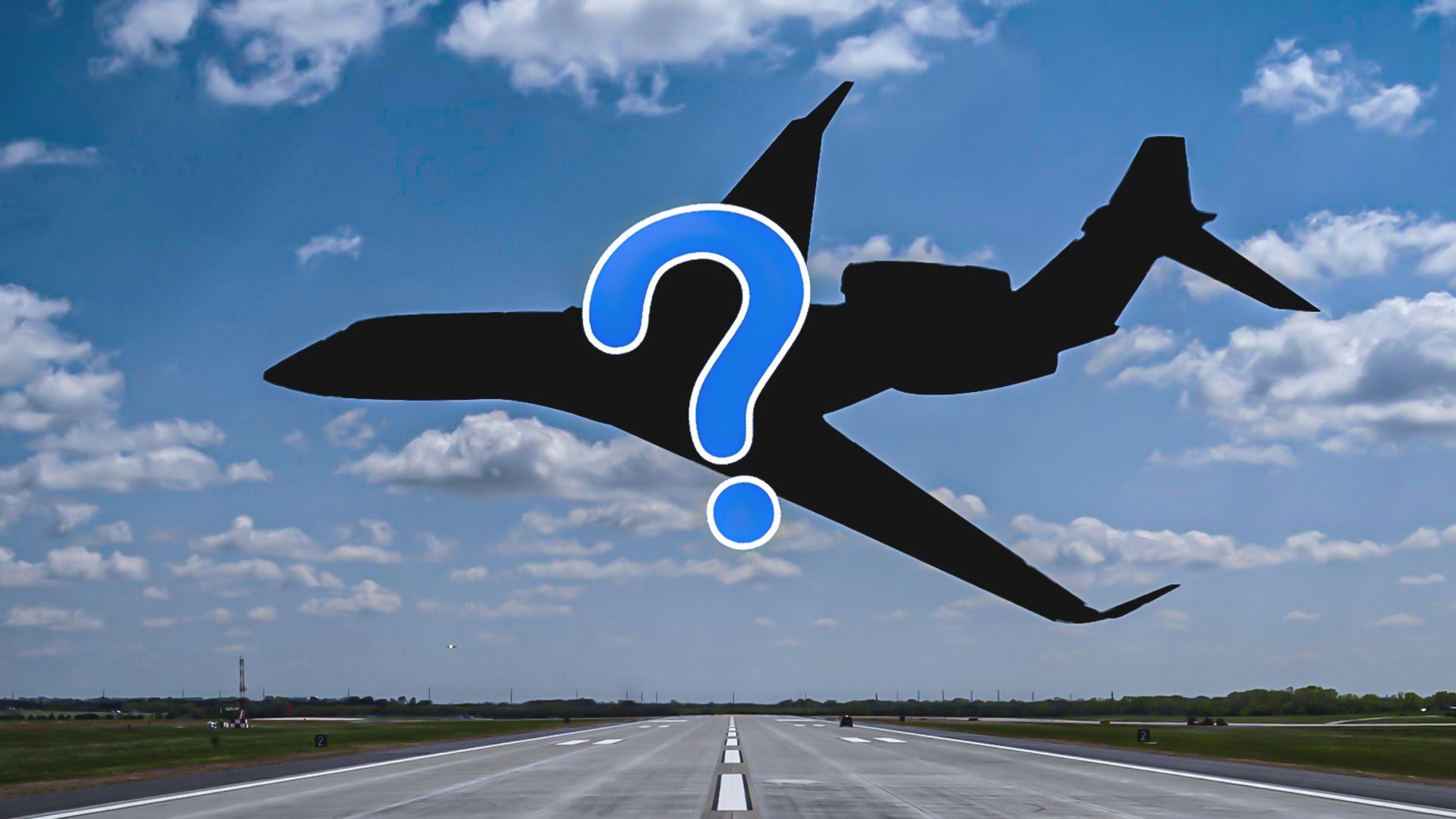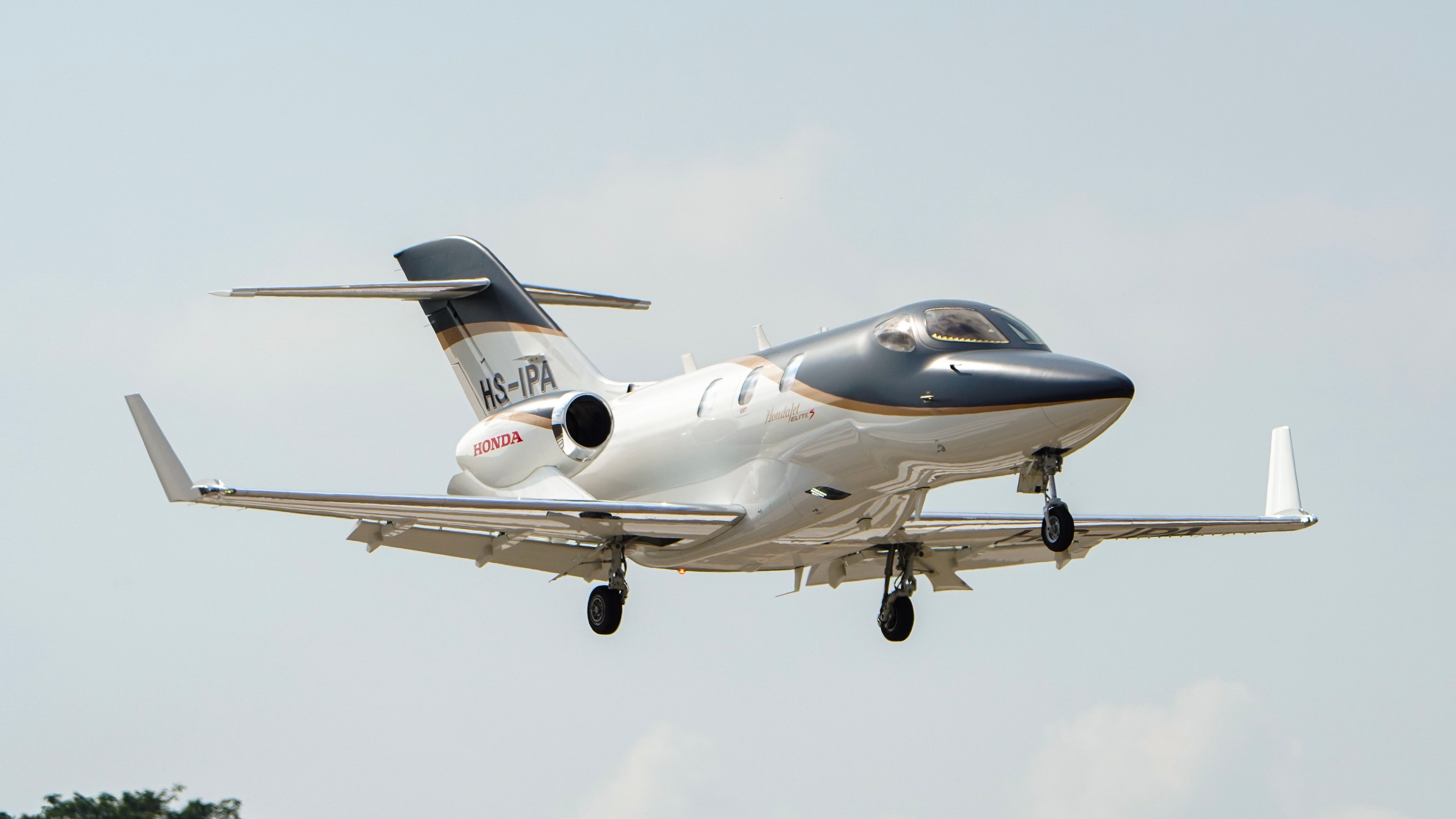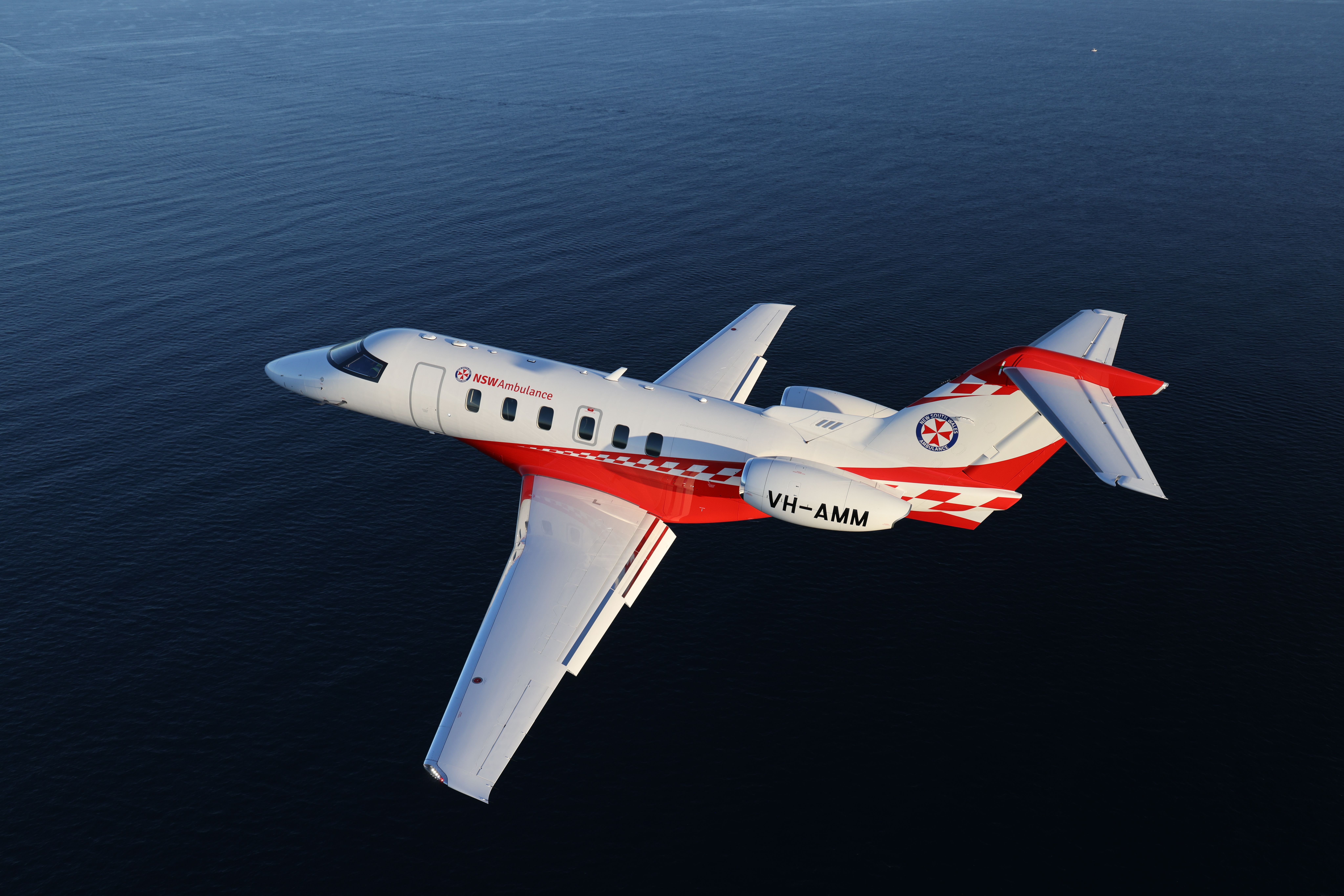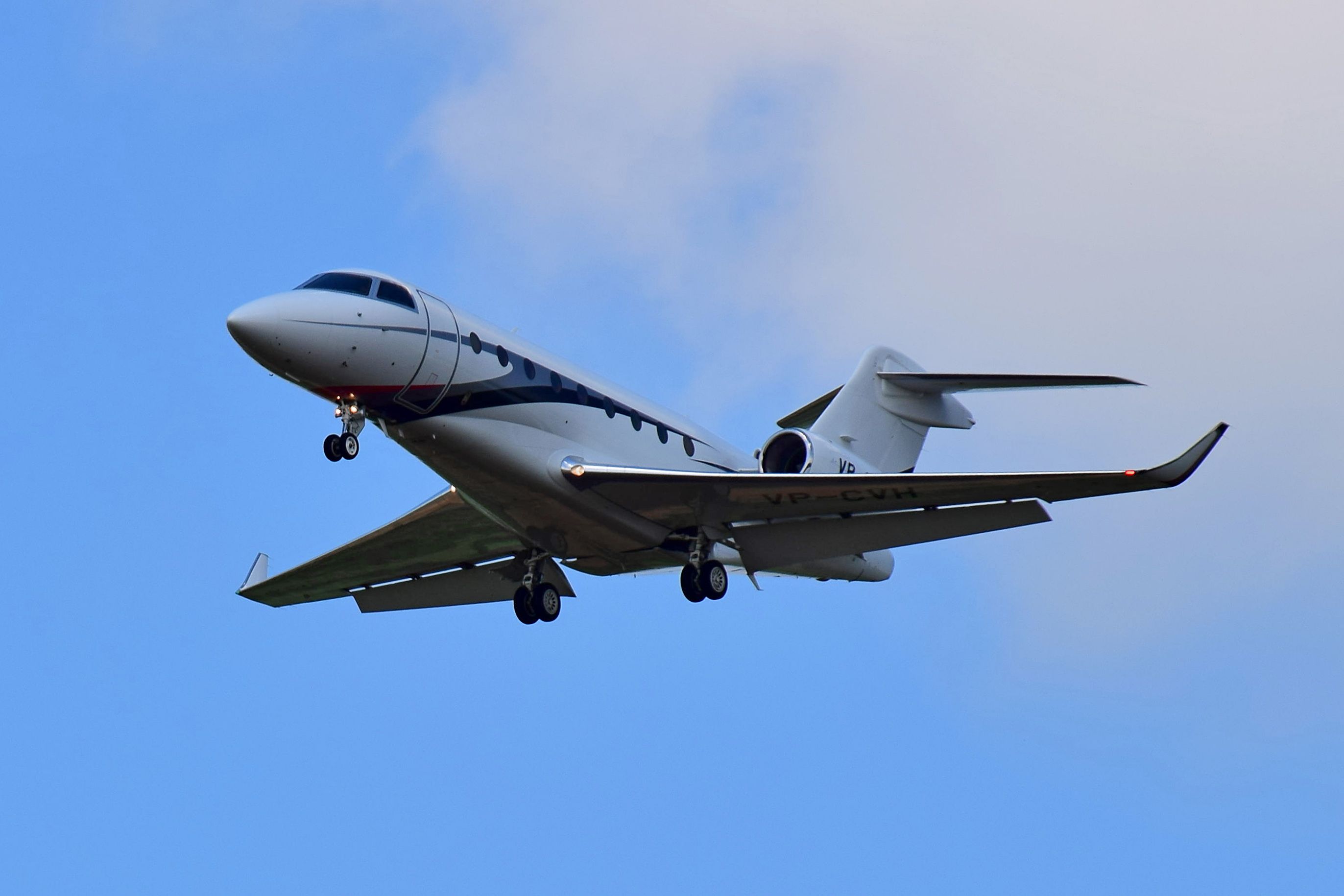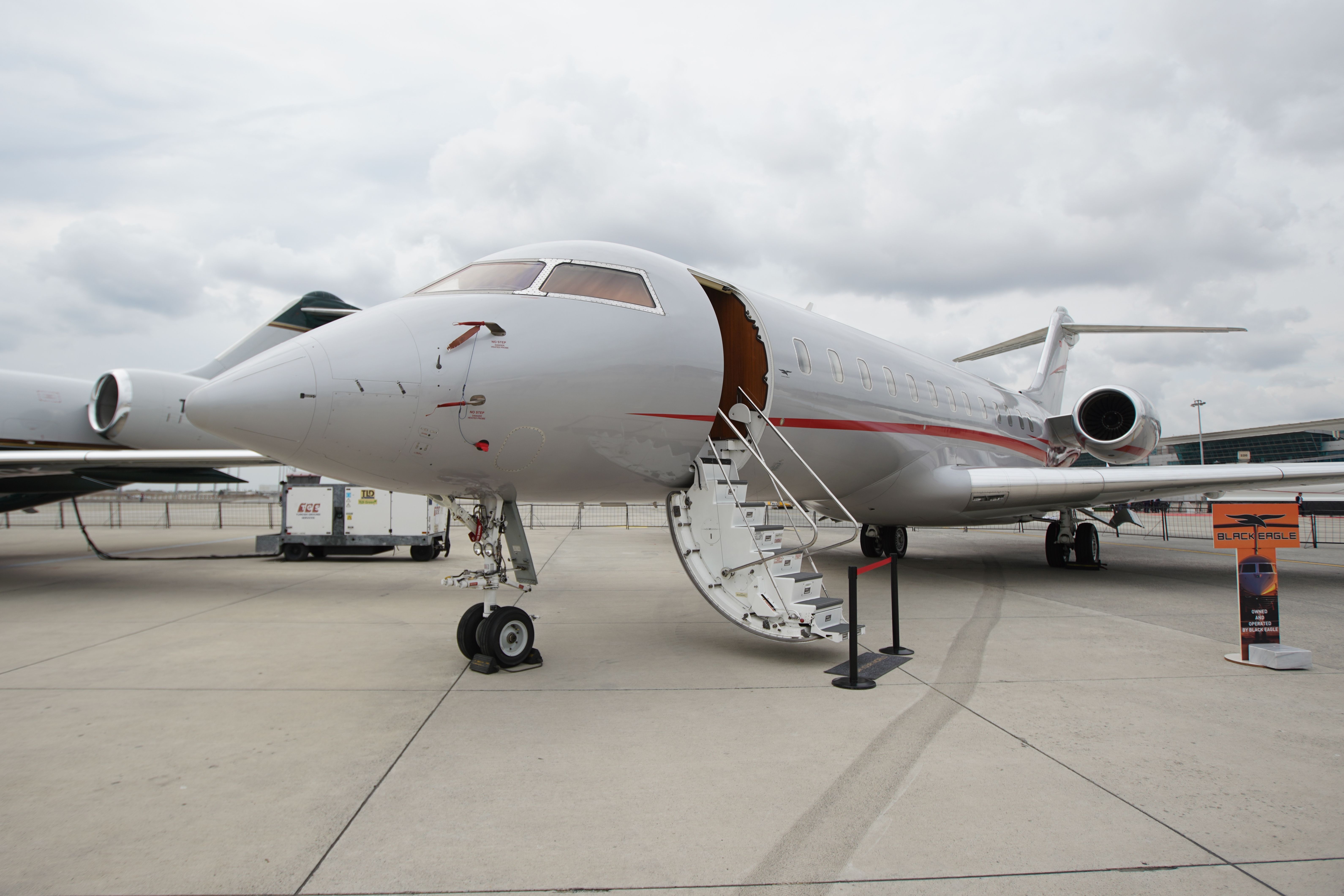Summary
- Business jets come in various sizes and configurations, making it possible for aviation enthusiasts to distinguish between them by examining their exterior features.
- Very light business jets range from 40 feet in length and can fit about five to seven passengers. Distinguishing features include engine placement, nose shape, and number of windows.
- Light and mid-size business jets range from 50 to 60 feet in length and can fit up to 10 passengers. Distinguishing features include wing shape, tail design, and nose shape.
Private jets are looked up as one of the most luxurious travel options in the world. These aircraft are extremely expensive to purchase, operate, or even rent or charter. Flying or operating a private jet also gives these travelers the ultimate flexibility. Passengers boarding private jets do not need to travel through major commercial terminals. Instead, these passengers instead board their aircraft through fixed base operators (FBOs) or private terminals, which is quicker and more efficient, as these do not require passengers to pass through Transportation Security Administration (TSA) terminals.
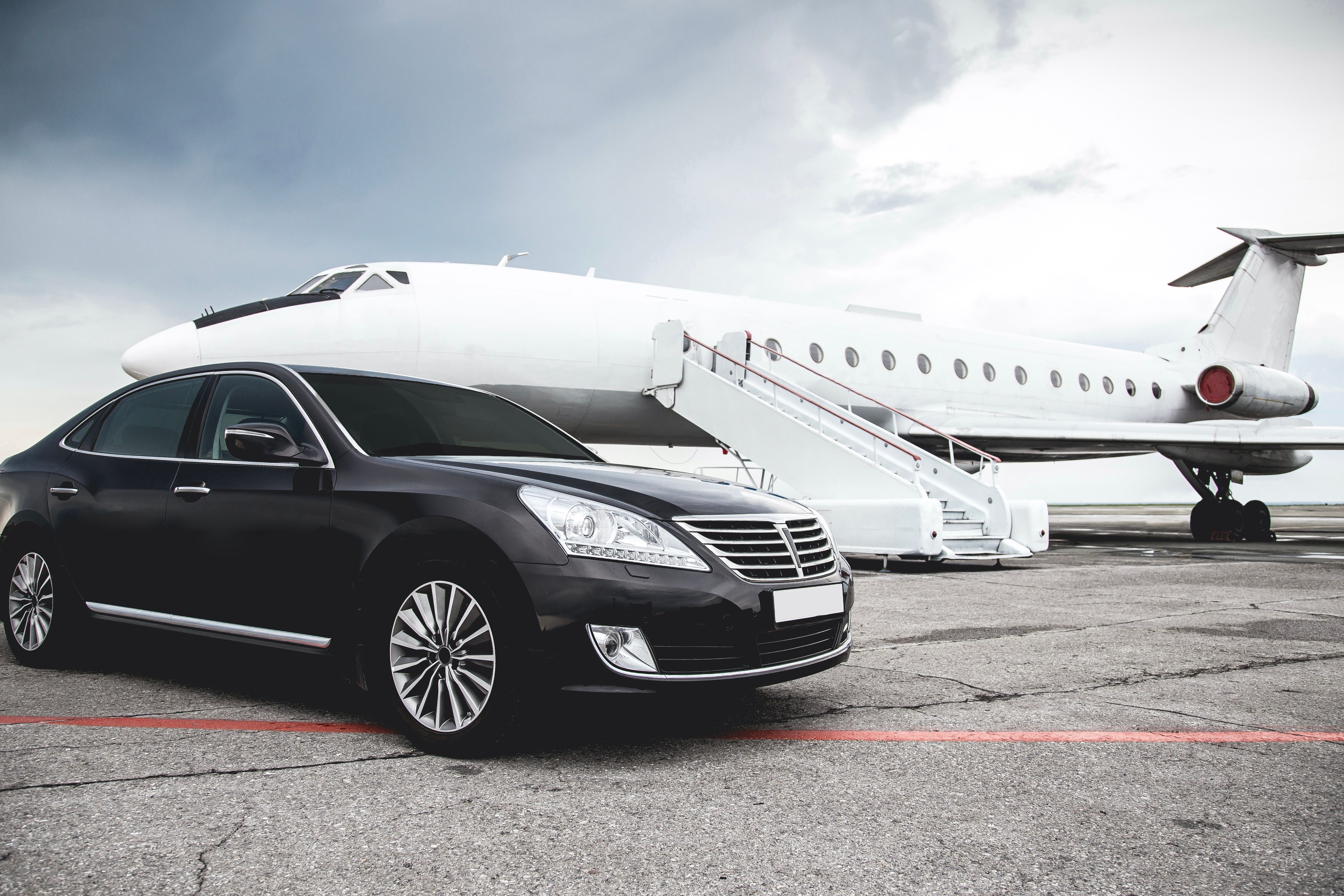
Related
Private Jet Sharing: A Simple Way For Travelers To Fly Private
Another way in which to fly private?
Additionally, travelers who fly privately are granted flexibility when determining when to leave for their flight. These operators do not need to abide by inconveniently scheduled flights from commercial airlines. Instead, these travelers can pick and choose when they want to depart and arrive at their destination.
Finally, business jet users can fly from a wide number of airports. Because business jets and general aviation aircraft are typically smaller than commercial airliners, these aircraft can take off and land on runways that are shorter than many public runways at major commercial airports. This allows the travelers to take off and land at smaller airports that may be closer to their actual intended destination.
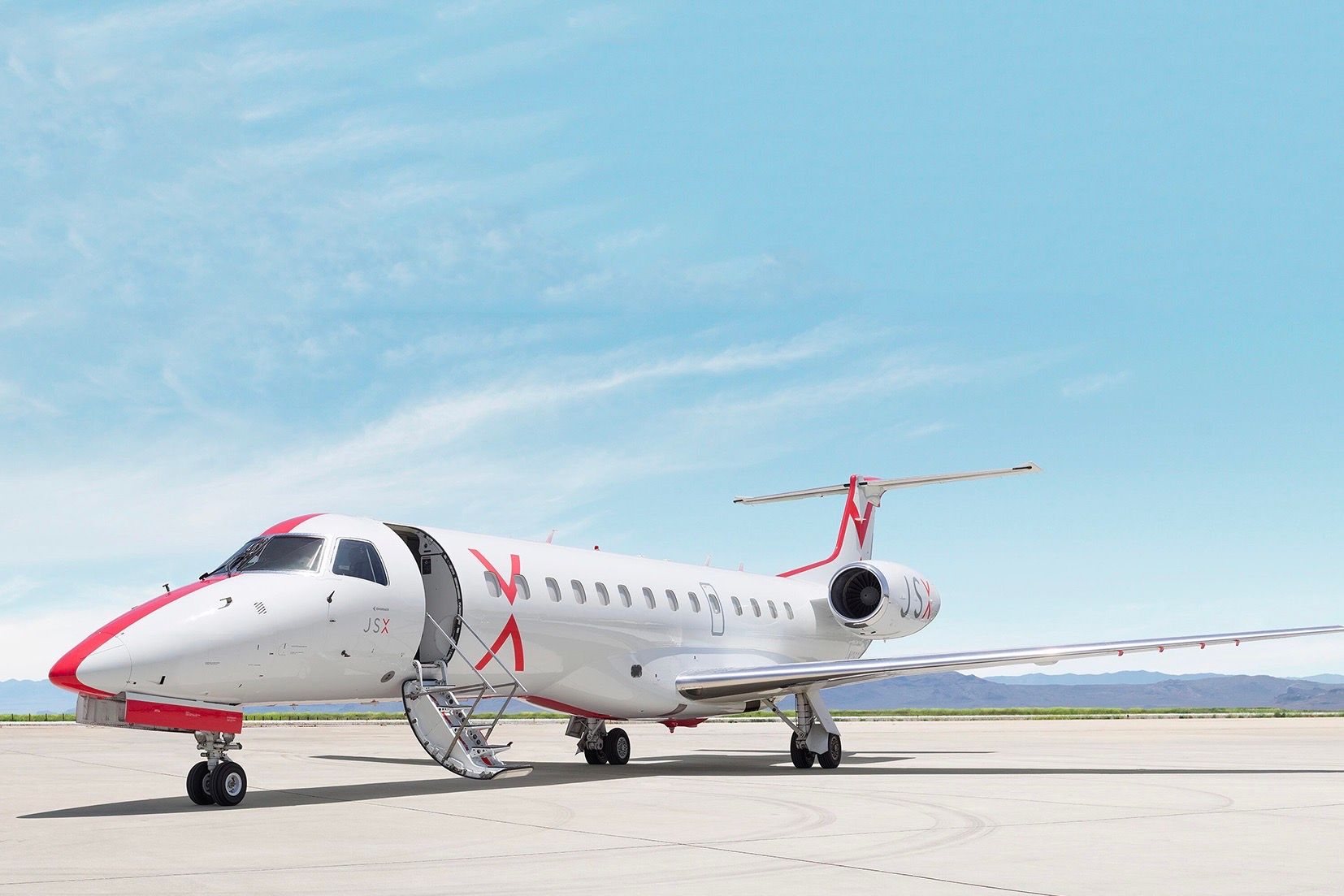
Related
FAA Announces Plans To Amend Safety Regulations For Public Charter Flight Operators
The FAA has two points of action planned.
However, there is a wide variety of business jets that travelers can utilize when flying privately. These aircraft range from very light business jets that can only fly around 1,000 nautical miles (1,150 miles) to ultra-long-range business jets that may reach 8,000 nautical miles (9,205 miles) in the near future. Let’s take a look at how an aviation enthusiast may be able to distinguish these types of aircraft just by looking at them.
Very light business jets
As previously mentioned, these business jets can vary in size and capability. For example, the smaller jets may fall into the very light business jet category. Very light business jets typically have a length of 40 feet and can fit about five to seven passengers. These aircraft are relatively slow, flying just over 300 knots (345 miles per hour), and have shorter ranges, typically around 1,000 nautical miles (1,150 miles).
However, one private jet that falls into this category is the Cirrus SF50 Vision Jet. This aircraft is only 30 feet long, but it is also distinguishable with its single engine located on top of the fuselage. Jets in this category include the Embraer Phenom 100 (with four windows), the Cessna Citation M2 (with four windows), and the HondaJet (with three windows). The HondaJet also has a unique engine placement above the wing, instead of being mounted on the rear fuselage like most other business jets.
Photo: Bluebearwing | Shutterstock
The Phenom 100 and the Citation M2 have similar design features, including the same style of empennage and a straight wing. One way to distinguish between the similar Phenom 100 and Citation M2 is the nose. The Citation M2 has a nose consistent with all Cessna Citations, which is very rounded at the front. The Phenom 100 has a longer and sharper nose. The Citation M2 also has a slightly larger windshield, which stretches lower into the cockpit.
Light and mid-size business jets
Larger aircraft may fall into the light jet or mid-size jet category, which may be similar in size as they each range from 50 to 60 feet in length. Light business jet aircraft typically fit up to 10 passengers, depending on the configuration. These aircraft also have a much further range than the very light business jets, with many of the light business jets reaching over 2,000 nautical miles (2,300 miles).
Mid-size jets also fit up to 10 passengers but may be a bit faster and have a longer range than the lighter business jets. Many mid-size business jets also boast a larger interior for increased passenger comfort.
The table below lists the designated category, aircraft length, and window size of some of the most popular business jets in these categories:
|
Name |
Business jet class |
Length |
Windows |
|---|---|---|---|
|
Cessna Citation CJ3 |
Light jet |
51.2 feet |
Seven windows on the LH side |
|
Cessna Citation CJ4 |
Light jet |
53.3 feet |
Six windows on the LH side |
|
Embraer Phenom 300 |
Light jet |
51.2 feet |
Five windows on the LH side |
|
Pilatus PC-24 |
Light jet |
55.2 feet |
Six windows on the LH side |
|
Citation XLS |
Mid-size jet |
52.5 feet |
Five windows on the LH side |
|
Embraer Praetor 500 |
Mid-size jet |
64.7 feet |
Four windows on the LH side |
|
Cessna Citation Latitude |
Mid-size jet |
62.3 feet |
Five windows on the LH side |
As these aircraft are all similar in size, it can be hard to distinguish these aircraft. The Cessna Citation family of aircraft all have a similar rounded nose and cockpit. However, the Citation XLS and Citation Latitude have a conventional wing, while the Citation CJ3 and the Citation CJ4 have a standard T-tail wing. The Citation CJ4 is longer, although it has fewer windows than the Citation CJ3. The Citation XLS has a much longer tail, while the Citation Latitude has a stretched portion of the fuselage in front of the engine. Additionally, the XLS has strakes underneath the aircraft’s tail.
Both Embraer aircraft on the above list also have similar design features. The length is slightly different, and the Praetor series has a sharper nose than the Phenom 300. The Phenom 300 also has a unique strake underneath the tail. The Praetor 500 is an upgraded version of the Embraer Legacy 450, which is also popular and features an extremely similar exterior.
Photo: Pilatus
The PC-24 is the only business jet that Pilatus produces. It has a standard T-tail, although it has a much larger bullet fairing than other jets on this list. It also has a larger belly and fuselage to wing fairing. The unique feature of the PC-24 is its double-slotted flap system on its wings and also the half-swept and half-straight wings.
Super mid-size and large cabin business jets
Larger business jets may include some aircraft from other manufacturers, including Bombardier, Gulfstream, and Dassault. Super-mid-size business jets fit up to twelve passengers and have ranges of nearly 4,000 nautical miles (4,600 miles). The large cabin business jets have similar specifications in terms of range and cruise speeds but have larger interiors, with many fitting up to 19 passengers.
Business jets that fit into these categories have the following lengths and windows:
|
Name |
Business jet class |
Length |
Windows |
|---|---|---|---|
|
Embraer Praetor 600 |
Super mid-size jet |
68.1 feet |
Six windows on the LH side |
|
Gulfstream G280 |
Super mid-size jet |
66.8 feet |
Nine windows on the LH side |
|
Cessna Citation Longitude |
Large jet |
73.2 feet |
Seven windows on the LH side |
|
Dassault Falcon 2000 |
Large jet |
66.3 feet |
Nine windows on the LH side |
|
Dassault Falcon 900 |
Large jet |
66.3 feet |
Twelve windows on the LH side |
|
Bombardier Challenger 650 |
Large jet |
68.4 feet |
Seven windows on the LH side |
|
Gulfstream G500 |
Large jet |
91.2 feet |
Six windows on the LH side |
Although many of these aircraft are similar in size, the number of windows may easily help the spotter distinguish what type of aircraft it is. Additionally, the Cessna Citation Longitude has a similar nose and cockpit to other Cessna Citation jets, along with a T-tail and both a swept horizontal and a swept wing. The Embraer Praetor 600 also has a swept wing and horizontal, yet has fewer windows. This aircraft is an upgraded version of the Embraer Legacy 550, which is also popular and features an extremely similar exterior.
Photo: Anton Volynets | Shutterstock
Additionally, the Gulfstream G280 is very distinguishable from other aircraft due to its sharp and triangular nose, which is representative of most Gulfstream jets, and a wide horizontal and large bullet fairing. The Gulfstream G500 barely fits into the large business jet category due to its long size. The Bombardier Challenger 650 has a sharp nose similar to Gulfstream jets. However, it also has a distinguishable tail that is longer and flatter, as well as thinner and longer engines.
Finally, the Dassault large jets are similar in size. However, the Falcon 900 features three engines, with the third engine located on top of the fuselage. The Falcon 2000, which has a lower range, only features two engines mounted on the rear fuselage, similar to other business jets.
Ultra-long-range business jets
The largest purpose-built business jets fall into the ultra-long-range category. Typically, these aircraft are nearly 100 feet in length and can fit up to 19 passengers, depending on the configuration. These aircraft also have extremely long ranges, which may reach over 7,000 nautical miles (8,055 miles), depending on the variant.
The following aircraft fall into this unique business jet class:
|
Name |
Length |
Windows |
|---|---|---|
|
Dassault Falcon 7X |
76.1 feet |
13 windows on the LH side |
|
Dassault Falcon 8X |
80.3 feet |
15 windows on the LH side |
|
Gulfstream G600 |
96.1 feet |
7 windows on the LH side |
|
Gulfstream G650ER |
99.8 feet |
8 windows on the LH side |
|
Gulfstream G700 |
109.9 feet |
10 windows on the LH side |
|
Bombardier Global 5500 |
96.9 feet |
14 windows on the LH side |
|
Bombardier Global 6500 |
99.5 feet |
14 windows on the LH side |
|
Bombardier Global 7500 |
111 feet |
14 windows on the LH side |
The two Dassault ultra-long-range aircraft are easy to decipher from other aircraft in the class, as they are fitted with three engines. Each of their third engines is located on top of the fuselage near the vertical fin. It is more difficult to distinguish between the Falcon 7X and the Falcon 8X, yet the Falcon 8X is slightly longer with more windows.
Several Gulfstream jets are ultra-long-range. They each have similar noses, which are standard for the Gulfstream design. They each also have large, swept wings and large, yet thin, bullet fairings on their empennages. The easiest way to distinguish between each is the length of the aircraft and the number of windows that are on each fuselage.
Additionally, several Bombardier Global series aircraft are ultra-long-range business jets. These jets have similar noses to Gulfstream jets. However, Gulfstream aircraft typically have larger wings with longer wingspans than the Bombardier series. Gulfstream jets also have wide ovular windows compared to the smaller and more square Bombardier windows. The larger Bombardier Global series are all similar in window numbers. However, the size is different between each of them.

